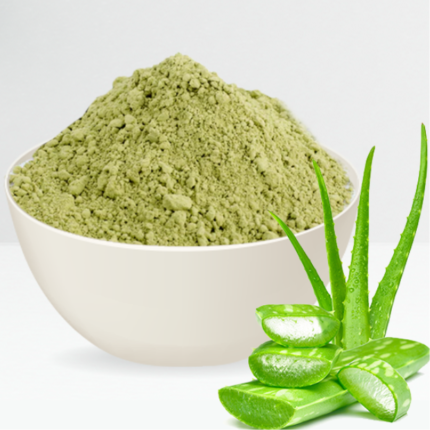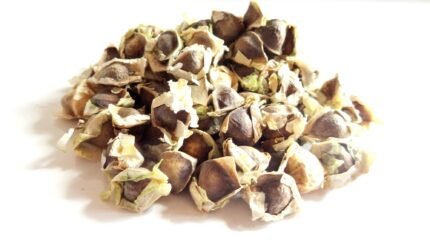Boswellia Serrata Extract: A Comprehensive Guide
Introduction
Boswellia serrata, also known as Indian frankincense, has been used for centuries in traditional Ayurvedic medicine to treat various ailments. The extract derived from the resin of this tree is known for its potent anti-inflammatory, analgesic, and potential anti-cancer properties. It has gained popularity in the modern wellness industry for its role in managing chronic inflammatory conditions like arthritis, asthma, and inflammatory bowel disease (IBD). This 3000-word description delves into the history, composition, health benefits, mechanisms of action, modern applications, and safety concerns surrounding Boswellia serrata extract.
1. Historical Context
Boswellia serrata has a long-standing reputation in ancient medicine. The tree, native to the dry mountainous regions of India, Northern Africa, and the Middle East, produces a gum resin that has been harvested for medicinal purposes for over 3,000 years. In traditional Ayurvedic medicine, this resin was used to treat arthritis, respiratory diseases, and skin disorders. The essential oil extracted from it has also been used in religious ceremonies, perfumes, and as incense, symbolizing purity and divinity in many cultures.
2. Botanical Description
Boswellia serrata is a medium-sized deciduous tree that grows in dry, mountainous regions. The bark of the tree is papery and peels off in flakes, revealing a greenish layer beneath. The resin, or gum olibanum, is tapped from the tree by making small incisions in the bark. This resin is collected and then purified to obtain the active extract. The primary bioactive compounds found in the resin are boswellic acids, which are responsible for most of its medicinal properties.
3. Composition and Active Constituents
The health benefits of Boswellia serrata are primarily attributed to the presence of boswellic acids, a group of pentacyclic triterpenes. The most significant of these acids include:
β-boswellic acid
Acetyl-β-boswellic acid
11-keto-β-boswellic acid (KBA)
Acetyl-11-keto-β-boswellic acid (AKBA)
Among these, AKBA is considered the most potent and has been the subject of numerous studies for its anti-inflammatory and anti-cancer effects.
In addition to boswellic acids, the resin also contains essential oils, which have a unique aroma and contribute to the traditional use of the resin as incense. These oils include terpenes such as alpha-thujene, p-cymene, and alpha-pinene, which have been studied for their antimicrobial and anti-inflammatory properties.














Reviews
There are no reviews yet.